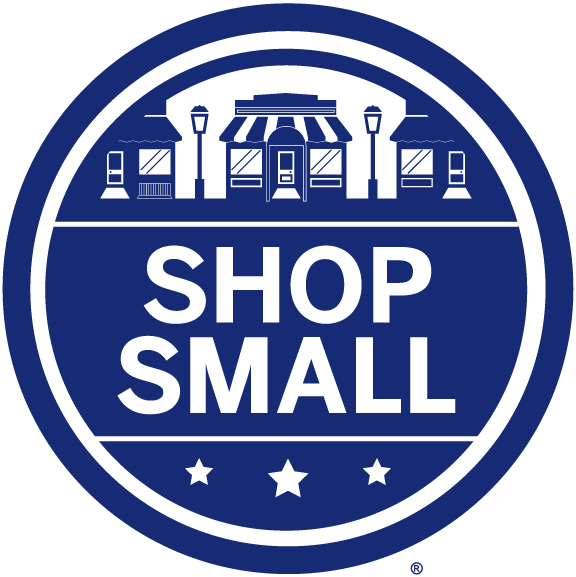 Let’s start with a simple question: Who is your direct competition?
Let’s start with a simple question: Who is your direct competition?
For most small businesses, direct competition means people who are selling the same product or providing the same service you are. If you’re an artisan donut maker, chances are you’ll look at other local donut shops — small or large — as your direct competitors. You might branch out and consider regional donut denizens or online retailers that similarly specialize in certain flavors.
But what about local companies that are known for cookies or cronuts? What about local eateries that pull in the breakfast crowd (when most of us are eating donuts anyway)?
The reality is that direct competition isn’t always completely obvious, and even if you figure out your top five rivals, it’s tough to compete. Having all of your competitors in a row does, however, give you room to create a plan to take on and even outperform the most hefty of competition.
Here are just a few tips we think can help get you moving in the right direction.
Get tech savvy. Nowadays, especially in the small business world, everyone has a website. That doesn’t mean everyone is doing it well, and a lot of businesses are missing out on leveraging social media channels to pull in new customers and court returning customers. Above all, make sure your website is setup for mobile use. Consumers spend an average of 15+ hours on their mobile devices each week researching and visit websites around six times in the purchase process. If your eCommerce website isn’t mobile friendly, you’re missing out on thousands of potential purchases. Two other pieces of advice:
- Make sure you’re providing current and engaging content on your blog and consider reaching out to bloggers to share your content and try out your brand’s products and services.
- Cover all your bases by looking at your competitors’ websites for tips on SEO (search engine optimization), keywords, and content ideas.
Kill it on customer service. Big businesses might have it made when it comes to the employee-customer ratio, but the truth is that small businesses really have the upper hand on customer service. Small businesses can provide the kind of attention and care to every individual customer that clicks a link, likes a Facebook post, or walks into your bricks-and-mortar store that big businesses just can’t. By making every customer feel like your first customer, you can create the type of personal touch experience that every consumer really wants. Responding to all of the complaints and simple comments will provide you with happy, passionate repeat customers. A few more pieces of advice:
- Court your current customers with rewards programs and special deals.
- Consider setting up a brand ambassador program because when it comes to sales, your current customers are your best brand evangelizers.
Stick to your niche. One of the biggest downfalls of small business is losing sight of the one thing that made them successful. Look at a restaurant like Chicago’s Hot Doug’s. With lines out the door, the joint does well because they picked one thing and stuck to it: gourmet hot dogs and fries. If one day Doug decided to start selling pizza and burgers, chances are his clientele would shift and the entire experience would suffer. When you stick to what you know, you have a greater chance of keeping your customers and gaining new ones, because you have the expert edge. Don’t fool yourself into thinking that more is better, because you could end up becoming the jack of all trades and master of none. Another piece of advice:
- Use your niche to your advantage! Sell yourself by the uniqueness of your brand.
Small businesses have a huge advantage over big box stores and chains, and with the power of social media, a stellar mobile eCommerce site, and a commitment to the niche, success is right around the corner.
What tips do you have for small businesses to stand out from the competition?
